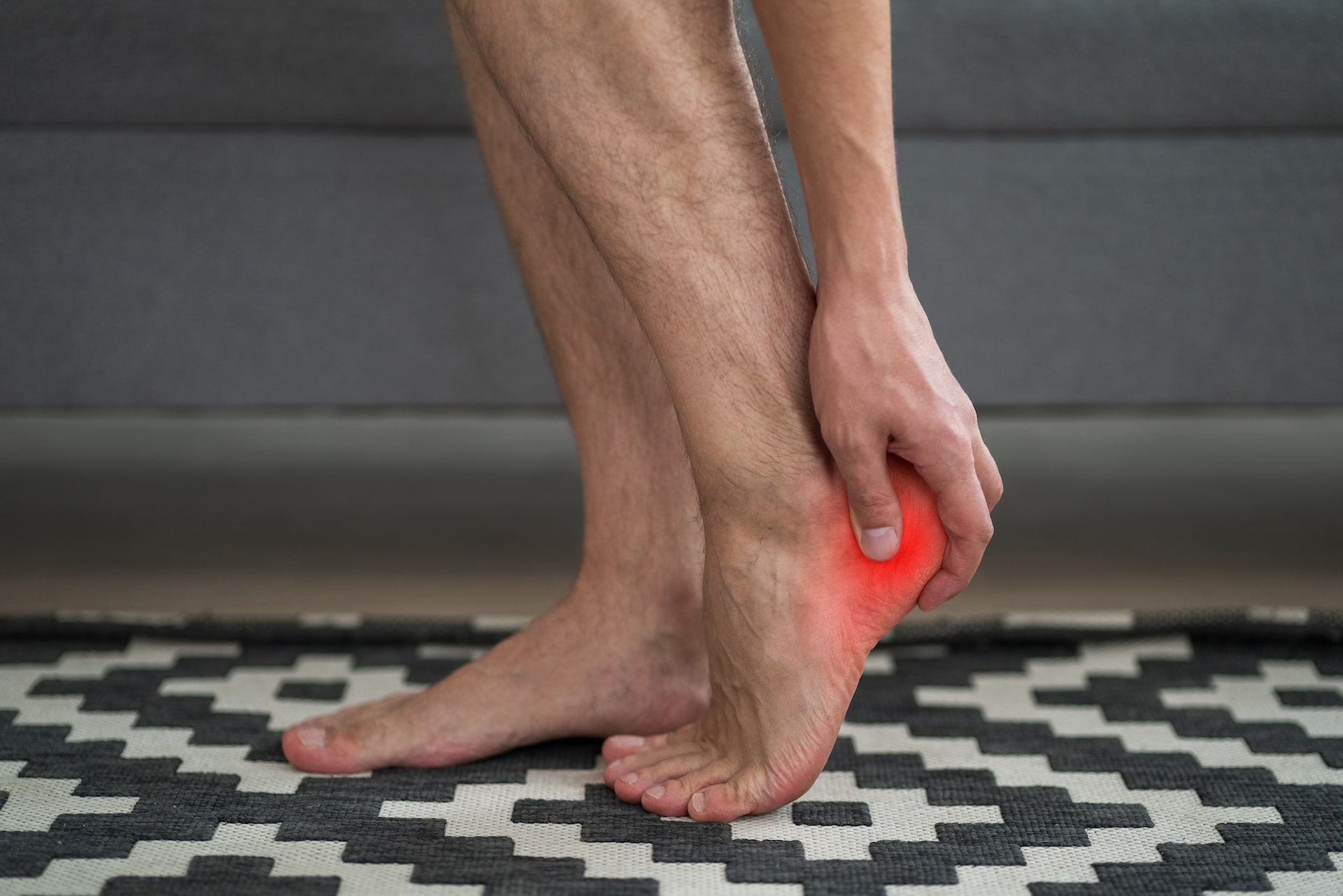But how does this ligament get stretched, and what can you do to alleviate or prevent this condition?
Causes of plantar fasciitis
The plantar fascia connects your toes to the heel bone, and determines the shape of your foot’s arch. When it is overstretched or flattened, it can develop tiny tears, causing pain in the heel. Common causes of this overstretching include:
- Excess body weight, resulting in more stress on the foot
- Having very high foot arches or flat feet
- Running long distances (the condition is very common in runners)
- Having tight calf muscles (this can result from lots of running without proper stretching, inactivity, or wearing shoes or boots with high heels for long periods)
Any of these factors can cause the foot to flatten when you take a step, which puts stress on the plantar fascia.
Preventing plantar fasciitis
Fortunately, there are many things you can do on your own to prevent this painful condition from occurring. Some of the proven ways to prevent plantar fasciitis include:
- Buy correct footwear. This includes little to no high heels, with proper arch support and good shock absorbency, especially for running. Shoes should be replaced when they show signs of wear, or if they feel uncomfortable in any way.
- Don’t go barefoot. Many people experience heel pain when they wear high heels to work, then come home and walk around the house barefoot. Your calf muscle is tightened from wearing high heels, and it then has to stretch when you walk without any support under your foot.
- Maintain a healthy weight. This is good for your overall health, including the health of your feet.
- Get regular exercise, and don’t forget to stretch. Include calf muscle stretches in your routine after warming up and after you finish exercising.
Treating heel pain
If you are already dealing with plantar fasciitis, there are treatments available to alleviate pain and heal your ligaments. Some effective strategies include:
- Ice. If your heel hurts, try ice packs several times a day on the affected area.
- Pain relief medications. This is often used in conjunction with other treatments recommended by your physician.
- Special stretching exercises. Your podiatrist can guide you through these exercises to stretch the muscles, and prevent future injury. You will need to do them regularly and as directed.
- Arch support devices. This may include a special splint you wear at night, foot taping, or supports you wear inside your shoes. Your podiatrist can recommend the best choice.
- Custom orthotics. These are special devices that are tailor-made for your foot. You cannot buy them in stores; they must be fitted and ordered by your podiatrist.
- Surgery. In some cases, the above measures do not provide relief. Surgery is typically recommended when all other treatments have been attempted without success. Remember to see a “DPM,” or Doctor of Podiatric Medicine, who can discuss your options and get you back on your feet quickly.
Your feet deserve the best
If you are having heel pain or another issue with your feet, you need an expert to evaluate and treat the condition. Call Kansas City Foot Specialists to schedule an evaluation at (913) 338-4440, or request an appointment online so we can work with you to keep your feet healthy.



